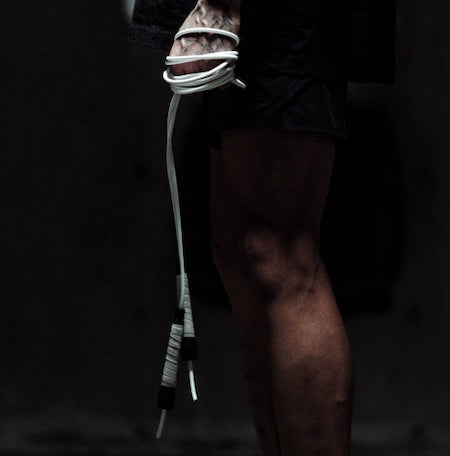Gervonta Davis: Knockout Style Breakdown
Gervonta Davis stands undefeated with a formidable record of 30-0 and an impressive 28 knockouts.
Emerging from the streets of Baltimore, Maryland, Davis has ascended to become a dominant force in the ring, capturing the WBA world lightweight championship through sheer power and technical skill.
His recent victory over Frank Martin, where he secured a knockout in the eighth round, further solidified his status as one of boxing’s elite.

Origins and Rise
Key Elements of Davis's Style
Southpaw Stance:Power and Observation:
Davis’s ability to combine power with keen observation sets him apart. He adeptly fights off his back foot, utilizing the entire ring to his advantage. This combination of power and strategic movement has led to his impressive knockout rate. To develop similar skills, boxers should focus on footwork drills that emphasize moving in and out of range quickly, as well as practicing power punches on a heavy bag with emphasis on technique and timing.
Strategic Combat
Low Volume, High Impact:
Davis’s approach is measured, delivering knockout blows with a low volume of punches. This strategy conserves energy and maximizes the impact of each shot, a crucial tactic for longer fights. Fighters can train for this by focusing on punch accuracy and power during heavy bag sessions, ensuring each punch is thrown with purpose and precision.
Counter-Punching:
By constantly feinting, Davis gauges his opponent's reactions, identifying tendencies and openings for devastating counterattacks. His timing and understanding of distance allow for powerful and effective counter-punches. Sparring with an emphasis on counter-punching can help fighters develop this skill, as can drills where a partner throws specific combinations for the boxer to counter.
Body Work:
Targeting the midsection, Davis uses hard straight left hands to wear down his opponents. These body shots lower the opponent’s guard, paving the way for powerful headshots and often leading to knockouts. To improve body punching, fighters should include focused body shot drills on the heavy bag and with mitts, aiming to deliver punches with proper technique and power.
Defensive Mastery
Head Movement and Footwork:
Davis’s head movements, combined with his footwork, allow him to avoid danger and angle out of harm’s way after combinations. His extended jab helps maintain vision, block, and manipulate his opponent’s movements. Drills such as ladder footwork exercises and shadow boxing with a focus on defensive movement can help fighters develop similar agility and control.
Ring Control:
Davis’s footwork and lateral movements enable him to control the pace and distance of the fight. He strategically positions himself, often creating a false sense of opportunity for his opponents, which he then exploits. Fighters can practice ring control by engaging in controlled sparring sessions where the focus is on maintaining the center of the ring and dictating the pace.
Exploiting Weaknesses
Observational Skills:
Davis patiently identifies openings, using feints to test and bait opponents into exposing themselves. His ability to exploit these weaknesses often leads to knockout blows. To sharpen observational skills, fighters should watch and analyze fight footage, noting patterns and tendencies of various opponents, and then practice applying these insights during sparring.
Conclusion
Gervonta Davis’s journey from Baltimore to the world stage is a testament to his skill and tenacity. His recent victory over Frank Martin showcases his dynamic fighting style and unwavering determination. With a record that speaks for itself, Davis's approach to the sport is both powerful and strategic, embodying the essence of a modern warrior.
To emulate Davis's success, aspiring fighters should practice the drills mentioned above. However, mastering these drills is just the first step. Next, they must implement these techniques in controlled sparring sessions, where the environment allows for focused improvement and real-time feedback. Finally, practicing these skills in open sparring will enable fighters to confidently and effectively use them in actual bouts. By following this progression, boxers can develop a comprehensive and effective fighting style, much like Davis’s, and achieve their own success in the ring.
IF YOU LIKED THIS, YOU MAY ALSO LIKE…
GET THE MOST OPTIMIZED JUMP ROPE FOR BOXING.
Looking for the best jump rope for boxing?
Built from a high-grade PVC rope, it weighs about 15% more and is wound 20% tighter than traditional jump ropes. The added weight and tightness create a satisfying and natural feel.
The BoxRope Vol.1. added agility and control allow you to create superior workouts and achieve greater results. It is simply the finest rope available, and we know you’re going to love it.
If your game to the next level, click here to get the best jump rope for boxing.

